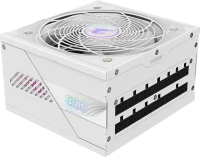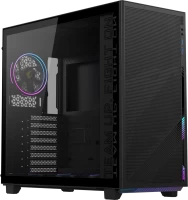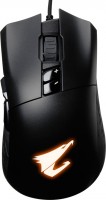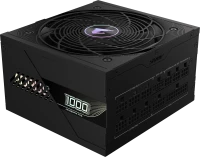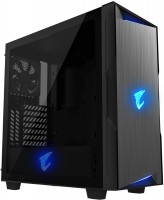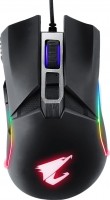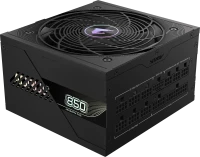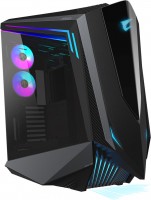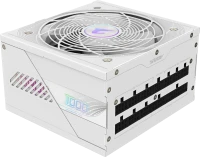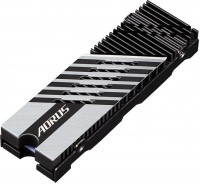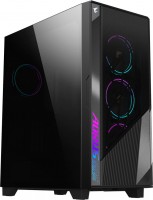Computer Cooling Gigabyte series Aorus
prices on 7 modelsGigabyte Aorus
Gigabyte can safely be called a newcomer to the computer cooling market, so the company avoids unnecessary diversification, trying to release literally all the most interesting coolers and coolers within the framework of one single Aorus series. Therefore, for a better understanding of what is happening, it is better to divide the entire Aorus cooling line into three groups.
The first is for classic all-in-one water/liquid cooling systems, when all elements of the system are already prepared for assembly. Like most modern dropsys, Aorus Waterforce models are made according to Asetek schemes, when the system consists of a water block with a pump for refrigerant distillation and a massive metal radiator, which is blown by 1/2/3 of a fan with PWM rotation speed control. Some models have an LCD display attached to the water block cover to monitor system information or just for decoration.
 |
The second category is classic tower coolers for cooling Intel and AMD processors. Considering that the Aorus series was initially aimed at gamers, Gigabyte produces mainly expensive supercoolers of the Aorus ATC800 level with a massive base, a bunch of heat pipes, a pair of active fans and a serious TDP (approx: 180 W and above). The height of such a tower can exceed 160 cm, so the potential owner will need a larger building.
The third, perhaps the least interesting category, includes ordinary Aorus case turntables, which are used for additional cooling of computer hardware. As a rule, they are based on classic plain bearings, support PWM control of rotation speeds, and their blades are decorated with RGB/ARGB LEDs with support for Gigabyte RGB Fusion backlighting.

